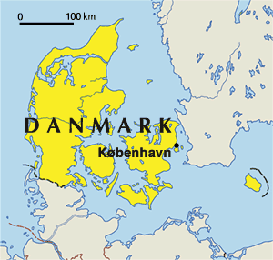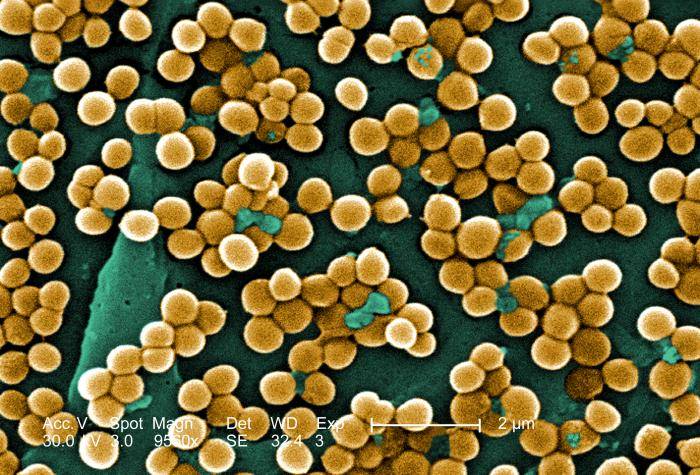Author: , Reuters 4/27/2011

The American Lung Association recently released a report on the amount of air pollution present in US cities. Thankfully, the study discovered some good news; pollution in the 25 previously "smoggiest" cities has decreased. Honolulu, Hawaii and Santa Fe, New Mexico were found to be the cities with the cleanest air. The report wasn't without its bad news, however. Over 150 million Americans, half the population, are still forced to contend with unhealthy levels of airborne pollutants like ozone and soot. Among the most ozone-polluted cities were Los Angeles and Bakersfield, California while one of the most soot-polluted, Pittsburgh, is right here in Pennsylvania.
It's a good idea to look at statistics/studies every now and then because they can either be indicators of progress or even more problems. In this case, the ALA found mixed results, which is better than the "all bad" news that is so often used just to attract viewers. Anyway, I think it is promising that city governments are taking action about the gray hazes that form over their heads so frequently. This is one of those issues that demands a response, even if it's not strictly for the sake of the environment, because of the bad reputation that smog gives cities. In fact, I think that giving out ratings on the "dirtiest" and "cleanest" air is a great idea because of the motivation it provides to city goverments. As long as a city has a bad rating, politicians will, under pressure of losing votes, take action to make things right.
However, I did find it shocking that "half of the population" lives in areas with unsafe levels of air pollution. It is depressing to discover the many ways in which humanity is paying the price for its embrace of the "money now, thinking later" ideology. I just finished watching the video about Donora that Mrs. D posted on the website, and it has helped me realize that this is exactly the type of thinking that is responsible for the deaths of 20 citizens. People thought only about the money when they installed the zinc refinery in Donora while they failed to consider any impact on people or the environment. The only "smell of progress" in the air was the noxious cloud that blanketed the town and choked all its occupants. This same thing is happening all across the country, and while this reality does bother me, I can't help looking at the flip side. Now that disasters have happened and people are ready to pay attention, real work is being done to undo the mess created by the uninformed previous generation.
How does it make you feel that, according to the ALA, you have a coin toss' chance of living with unhealthy air pollution?
I happen to have really bad allergies, so I know what it feels like to breathe "bad air". Have you felt any physical effects of air pollution?
What would go though your head if you had to choose between public health and economic prosperity like the people of Donora and lawmakers of today?







